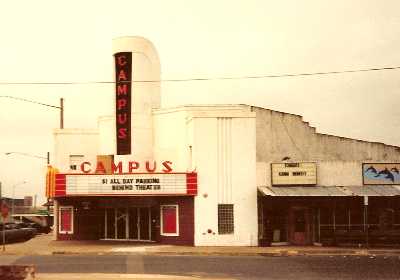Here is what is now Midnight Rodeo (Shadow Canyon) looking from the gas station at the corner.




quote:
Loupot's Bookstore and Used Uniforms at Northgate in the 1950s.
This building is still in use today. Who is the current occupant? (Persons who guessed correctly when this was shown on another thread please give the rookies a chance.)


quote:
But those four buildings were all the toehold A&MC needed to begin the climb to its destiny. Ross Hall and Pfeiffer Hall stood tall until 1954. Austin Hall served well until 1955. (I knew them well.)

quote:
Caption: "Football Stadium," Football field; earliest games were played on the drill field; the school's first "stadium" came into being when E.J. Kyle, chairman of the athletic council, ordered a section of land fenced, 1904; Varsity hadn't and wouldn't play in College Station until 1915.

quote:
In 1901 the Villa Maria Academy was moved to Bryan following a Galveston hurricane. The Ursuline Sisters were in charge of the school. The Villa Maria Convent was built on St. Ursula's Hill, a mile northeast of St. Joseph's Church. In 1926 Villa Maria Academy was closed after 25 years in Bryan.
quote:
Does anyone know exactly where this Ursuline Academy/Villa Maria Academy was located? Best information I can find only says 1 mile NE of St. Joseph's Church on Ursula's Hill. I'm wondering exactly where it was and what is there now. Can anyone help?


